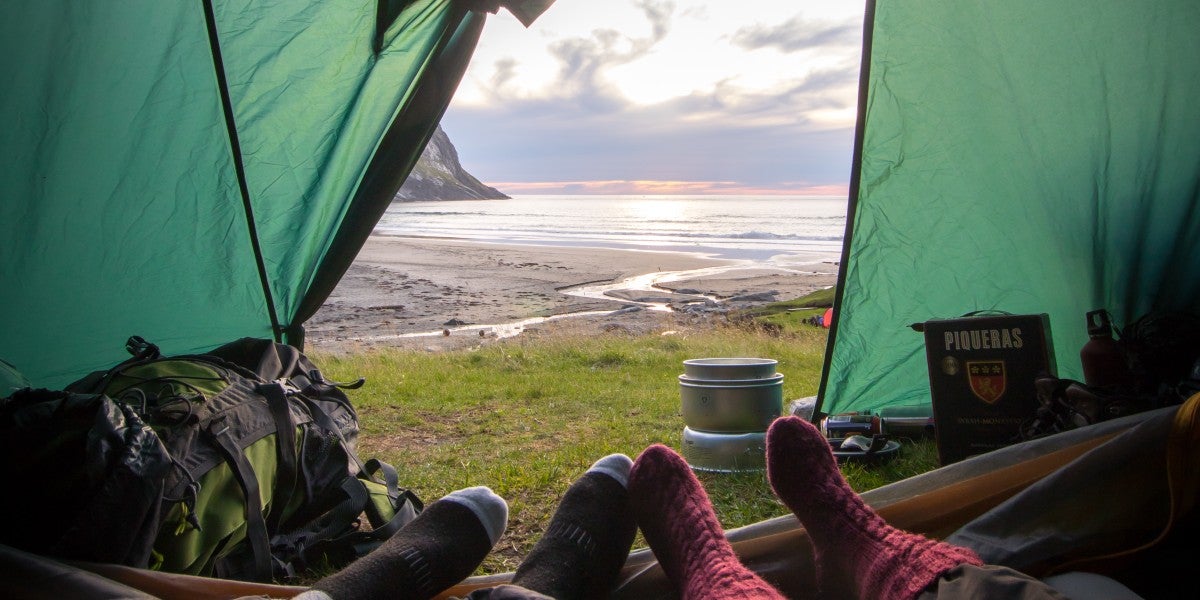Introduction“The greatest threat to our planet is the belief that someone else will save it.” —Robert Swan, British explorer and the first person to walk to both poles
Are you familiar with the parable of the hummingbird? It goes like this:
One day, a huge wildfire breaks out in the forest, forcing all the animals to flee. Terrified, they find refuge by the edge of the forest, where they feel overwhelmed and helpless as they watch the ferocious flames destroy their beautiful home. They are paralyzed, except for the hummingbird, who says, “I’m going to do something about this fire.” She flies to the nearest river, scoops a few drops of water with her beak, rushes toward the blaze, and drops the water onto the fire. And off goes the hummingbird, back and forth between the river and the flames at whizzing speeds, dropping water into the blaze at every turn. The rest of the animals are stupefied. The elephants, the bears, the deer, and the other big critters that could carry much more water yell at the hummingbird, “What are you doing? Your beak is tiny, you can barely carry any water!” And without missing a beat, the hummingbird turns around and tells them, “I’m doing the best I can.”
That’s what Things You Can Do is about—doing the best we can. Like the forest animals in the hummingbird parable, we’re facing our biggest challenge as greenhouse gases warm our planet, wreaking havoc on the climate system. Earth’s average surface temperature has risen by around 2.1°F (1.2°C) since the start of the Industrial Revolution. The extra heat has thrown the climate system off balance, unleashing catastrophic events, from rising sea levels and destructive mega-storms that threaten coastal communities to wildfires that turn billions of trees into ash and droughts that deplete fertile cropland of nutrients.
The reason is clear. Greenhouse gases, like carbon dioxide, are trapping the sun’s heat in the atmosphere. We humans have created all that carbon dioxide by burning fossil fuels with our cars, our airplanes, our factories, and our power plants.
The solution is clear, too. We need to stop burning fossil fuels and usher in a green economy that relies on renewable energy, electric and shared forms of transportation, and sustainable diets.
But that is easier said than done. For decades, those with the most power to fight climate change have turned a blind eye. Politicians, company executives, and investors have mostly stayed on the sidelines, watching this catastrophe unfold, issuing targets that they rarely meet, and even denying that climate change is happening at all.
And there is a lot we can do. Research cited by the United Nations shows that households are responsible for two-thirds of greenhouse gas emissions, which makes sense when you consider that there are 7.7 billion people on Earth—and by 2050 we will be nearly 10 billion.
But we are not all equally responsible. Those of us living in the United States, the European Union, and other developed countries have greater carbon footprints because we typically drive bigger cars and have to heat and cool larger homes with electricity generated by burning fossil fuels. To compound the problem, the food we eat is mostly produced by industrial farms that cause deforestation and rely on aggressive agrochemicals that poison pollinators and pollute waterways. And we generate humongous amounts of waste, much of which ends up in the environment, where it kills countless animals.
There is no question about it—our lifestyles are destroying planet Earth. Like parasites, we live at the expense of our host.
But we can turn things around. If each one of us reduces the carbon emissions associated with our lifestyles, it will go a long way toward fighting climate change.
This book was inspired by a series of stories I wrote for the
New York Times. Beautifully illustrated by Sara Boccaccini Meadows, backed by peer-reviewed research, official statistics, and interviews with researchers and activists,
Things You Can Do is a toolbox filled with dozens of actionable tips that will allow you to slash your carbon footprint and live in closer harmony with nature. From reducing plastic waste, recycling efficiently, and increasing your car’s mileage to cooling your home without an air conditioner, composting, and eating a climate-friendly diet, this book is packed full of thoughtful practices and ideas that can build a bridge to a better tomorrow.
Copyright © 2022 by Eduardo Garcia, Illustrations by Sara Boccaccini Meadows. All rights reserved. No part of this excerpt may be reproduced or reprinted without permission in writing from the publisher.













